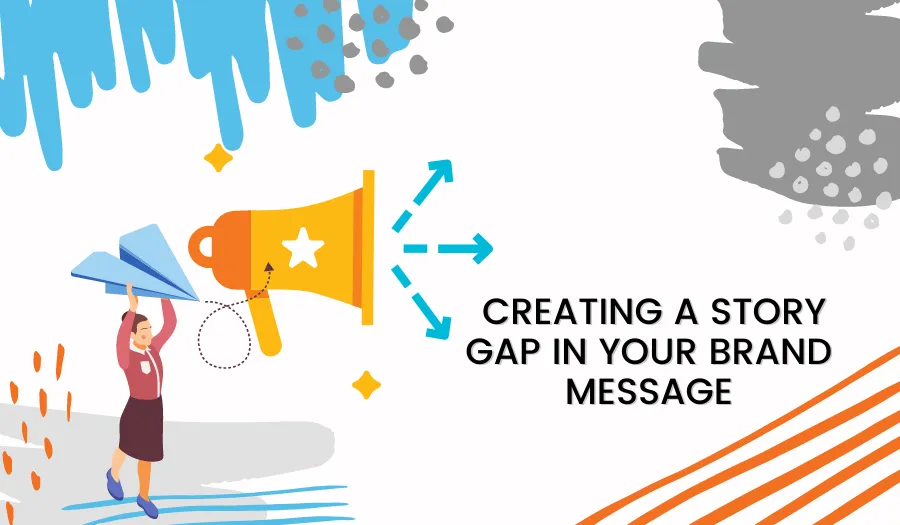
Marketing a la Donald Miller: Making a Story Gap in Your Brand Message
As a business owner, you already know that marketing is essential—but crafting the perfect message? That’s where many brands struggle.
You might have a great product or service, but if your message isn’t clear, your audience won’t engage.
This is where Donald Miller’s Story Gap strategy comes in.
What is the Story Gap?
The Story Gap is the space between where your customer is now and where they want to be. It’s the emotional and psychological distance between their problem and the solution your brand offers.
When you apply the Story Gap effectively in your marketing, your brand does more than sell—it invites customers into an aspirational journey.
But in today’s fast-moving digital landscape, AI-powered storytelling can help businesses refine and automate this process, ensuring every piece of marketing material speaks directly to customer desires at scale.
How the Story Gap Keeps Customers Engaged
Great marketing isn’t about selling—it’s about storytelling.
The Story Gap creates intrigue and drives action because customers don’t just buy products—they buy solutions that promise a better future.
Here’s how it works:
Identify where your customers are right now (their pain points).
Paint a picture of what their life could be like (the transformation).
Position your brand as the bridge that takes them from A to B.
🔹 Example: A weight-loss program shouldn’t just say, "Lose 10 pounds." Instead, it should close the Story Gap by saying: "Imagine fitting into your favorite clothes again, feeling more confident than ever, and having the energy to keep up with your kids. Our program makes that possible."
This isn’t just marketing—it’s storytelling that inspires action. And when powered by AI-driven personalization, your messaging can dynamically adapt to different customer segments, making your Story Gap even more effective.
Why Business Leaders Use Storytelling to Sell
People don’t engage with statistics or facts alone—they connect with stories.
From movies to marketing, a compelling narrative structure helps people process information faster and more emotionally.
Why storytelling works in marketing:
Stories make information easier to remember.
They create an emotional connection.
They position your brand as the guide to success.
Thousands of businesses every year improve their messaging by applying the StoryBrand Framework, which revolves around creating clear, customer-driven storytelling.
But while storytelling is powerful, the real challenge is scaling it consistently—and AI is the key. AI-enhanced messaging tools can:
Analyze customer data to determine the most effective Story Gap messages.
Automatically generate personalized content for different audience segments.
Refine messaging in real time based on customer engagement.
How to Apply the Story Gap to Your Brand Message
Step 1: Identify the Customer’s Pain Points
Your customer is facing a problem—what is stopping them from achieving their goal?
🔹 Example: Instead of saying "We sell project management software," say: "Tired of endless emails, missed deadlines, and scattered to-do lists? Our software keeps your team organized and stress-free."
Step 2: Show the Aspirational Future
Paint a picture of what success looks like for them.
🔹 Example: Instead of saying "We offer business coaching," say: "Imagine waking up each morning with total clarity, knowing your business is on the right track. We’ll get you there."
Step 3: Bridge the Gap with a Clear Solution
Your brand must be the guide that provides the solution.
🔹 Example: Instead of saying "We design websites," say: "Your website should work for you, not against you. We build high-converting sites that turn visitors into customers."
Step 4: Use AI to Scale Your Story Gap Messaging
AI-powered tools can:
Refine your messaging based on customer interactions.
Automate email sequences that nurture leads using the Story Gap.
Generate AI-driven content that speaks directly to customer needs.
🔹 Example: AI can track which messages are resonating most and automatically optimize your ad copy, website content, and social media posts for maximum engagement.
Story Gap in Action: Real-Life Example
Let’s say a financial consulting firm wants to attract more small business owners. Instead of simply listing their services, they apply the Story Gap:
🔹 Before: "We offer financial consulting to small businesses."
🔹 After (Story Gap Applied): "Running a business shouldn’t feel like a guessing game. Imagine knowing exactly where your money is going and how to grow profitably. We’ll help you take control of your finances—without the stress."
🚀 Result: The second version creates an emotional response, helping potential customers see themselves succeeding with the brand’s help.
Now imagine taking this level of storytelling and scaling it across every marketing touchpoint with AI.
AI + Story Gap = More Effective Marketing
AI-powered storytelling ensures your messaging remains clear, engaging, and effective at scale by:
Personalizing Story Gap messaging based on customer behavior.
Automating content across multiple channels.
Optimizing messaging using real-time performance data.
Brands that integrate AI-driven storytelling tools with the StoryBrand Framework see:
📈 Higher conversion rates.
💬 Better customer engagement.
🚀 More effective marketing across all platforms.
Take the Next Step: Build Your Own AI-Powered Story Gap Strategy
The Story Gap is one of the most powerful marketing tools your brand can use to clarify messaging, engage customers, and drive sales.
But applying it manually across multiple platforms isn’t scalable.
Introducing CustomGPT: Your AI-Powered Storytelling Assistant
CustomGPT captures your brand voice, refines your messaging, and scales your StoryBrand marketing—automatically.
With CustomGPT, you can:
Generate clear, engaging copy instantly.
Personalize Story Gap messaging for different audiences.
Automate content creation and optimize for conversions.
📅 Ready to revolutionize your marketing with AI? Schedule a Clarity Session with Steve today to build your own CustomGPT and take your StoryBrand strategy to the next level.


